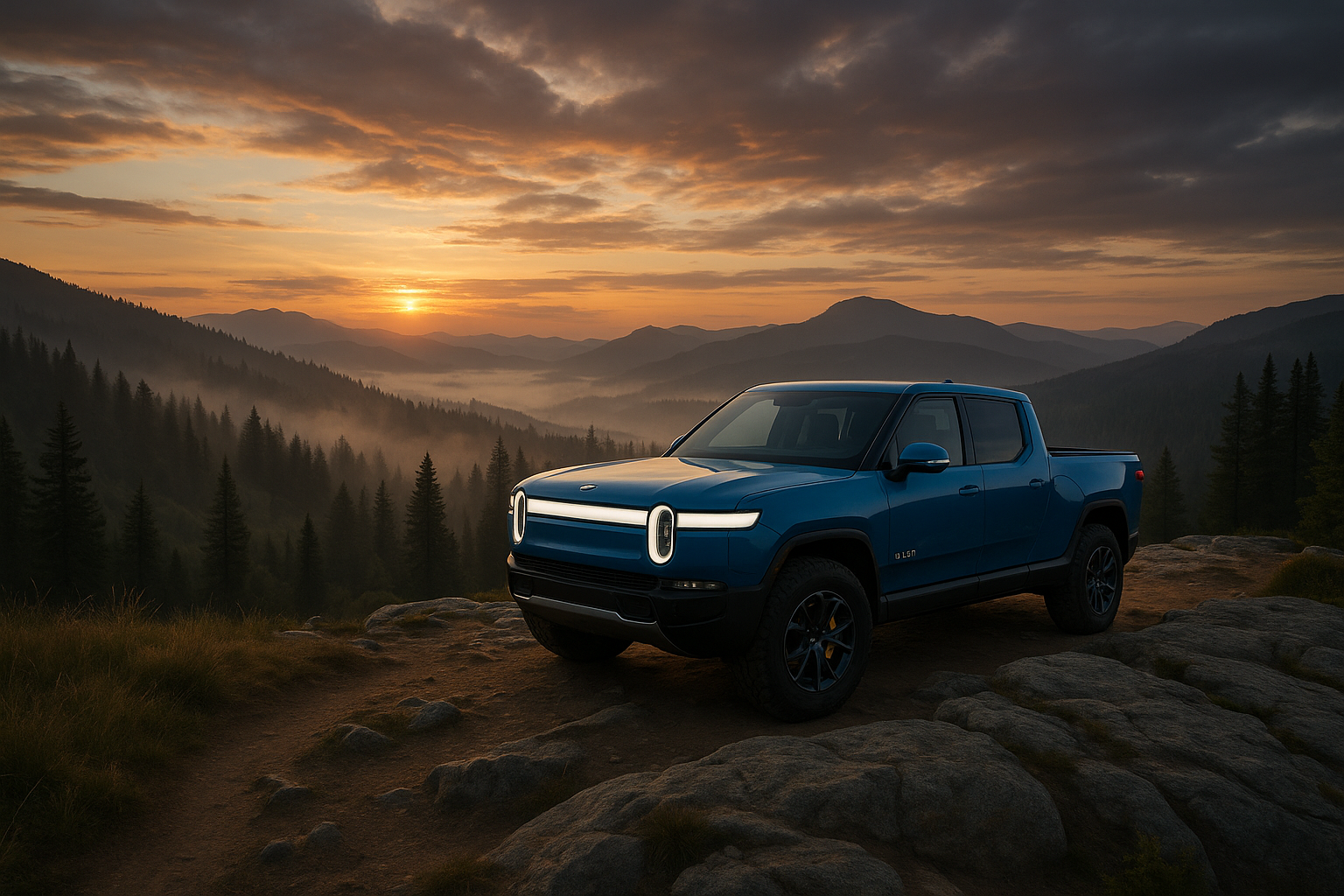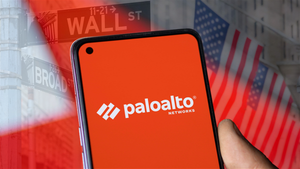
Rivian Automotive (NASDAQ: RIVN) has rapidly emerged as one of the most exciting and disruptive forces in the electric vehicle (EV) market, specifically in the truck and SUV segments. From its early days as a stealth startup to its high-profile partnerships and public listing, Rivian’s journey reflects both the promise and challenges of building a new American automaker in the 21st century.
Early Years: Vision and Foundation
Rivian was founded in 2009 by engineer and entrepreneur Robert “RJ” Scaringe. Driven by a passion for engineering and environmental sustainability, Scaringe initially envisioned creating a fuel-efficient sports car. However, as the EV landscape evolved and the competitive threat from established automakers increased, the company pivoted its focus to trucks and SUVs—a market segment largely untapped by electric vehicle startups at the time.
The company operated quietly in its early years, focusing on developing its technology and securing key patents. It wasn’t until 2018 that Rivian unveiled its prototypes, the R1T pickup and R1S SUV, at the Los Angeles Auto Show, instantly capturing industry and investor attention.
Strategic Partnerships and Investments
A significant milestone in Rivian’s history came in 2019 when the company attracted high-profile investments from major industry players. Amazon (NASDAQ: AMZN) invested heavily in Rivian and announced a deal for 100,000 custom electric delivery vans, positioning Rivian as a pivotal partner in Amazon’s push toward sustainability. Ford Motor Company (NYSE: F) also invested and initially planned to collaborate with Rivian on EV development, signaling validation from a legacy automaker. These investments not only provided Rivian with crucial capital but also gave it industry credibility and commercial scale opportunities.
Scaling Up: Manufacturing and Going Public
Rivian’s manufacturing strategy was bold and ambitious. In 2017, the company acquired a former Mitsubishi plant in Normal, Illinois, transforming it into a state-of-the-art EV manufacturing facility. Rivian’s approach prioritized vertical integration, developing its own battery packs, software, and vehicle platforms, while maintaining flexibility to adapt to rapid industry changes.
The company faced significant challenges in ramping up production—a common hurdle for new automakers. Supply chain constraints, battery sourcing, and the complexities of scaling an entirely new assembly line led to production delays. Despite these challenges, Rivian successfully delivered its first R1T trucks to customers in 2021, beating many competitors to market in the electric truck segment.
In November 2021, Rivian went public, listing on the NASDAQ under the ticker (NASDAQ: RIVN). The initial public offering was one of the largest in U.S. history for an automaker, briefly giving Rivian a market capitalization rivaling some legacy manufacturers.
Market Position and Product Lineup
Rivian’s product strategy set it apart from other EV makers. The R1T pickup and R1S SUV targeted adventurous, outdoor-focused consumers—a demographic underserved by traditional EVs. These vehicles boasted long range, advanced off-road capabilities, and innovative features such as the Gear Tunnel and customizable camping accessories. Rivian’s focus on rugged, lifestyle-oriented vehicles created a unique brand identity and a loyal customer following.
The company’s partnership with Amazon for electric delivery vans further expanded its reach beyond retail customers, positioning Rivian as a player in commercial electrification. The vans, purpose-built for Amazon’s logistics needs, became a high-visibility symbol of Rivian’s engineering prowess.
Challenges and Competition
While Rivian’s early achievements were impressive, the road ahead was never free from obstacles. The global EV market became increasingly competitive, with established automakers like Ford (NYSE: F) and General Motors (NYSE: GM) launching their own electric trucks, such as the Ford F-150 Lightning and the GMC Hummer EV. Supply chain disruptions, inflationary pressures, and the capital-intensive nature of auto manufacturing continued to test Rivian’s resilience.
Despite production challenges, Rivian has expanded its product roadmap, announcing future models, new manufacturing sites, and plans for international expansion. The company’s focus on vertical integration and its commitment to sustainability have remained core to its mission.
Outlook: The Road Ahead
Rivian’s evolution from a stealthy startup to a public company leading the electric truck revolution is a testament to visionary leadership and strategic execution. As the automotive industry undergoes its largest transformation in a century, Rivian stands out for its innovative products, ambitious scale, and powerful brand.
The company’s success will depend on its ability to ramp up production, manage costs, and maintain a technological edge in an increasingly crowded field. With continued backing from partners like Amazon (NASDAQ: AMZN) and a clear vision for the future, Rivian is positioned as a key player in shaping the next chapter of the automotive industry.
Disclaimer: This article is for informational purposes only and does not constitute financial advice or a recommendation to buy or sell any securities. Investing in stocks involves risks, including the loss of principal. Please conduct your own research or consult with a qualified financial advisor before making investment decisions.





